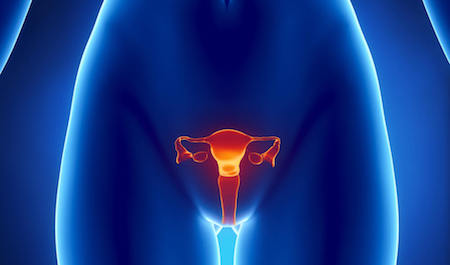Effect of Oncothermia at the cellular level. Study in colorectal cancer xenografts
Researchers studied the effect of Oncothermia at the cellular level in the process of apoptosis in colorectal cancer cells.
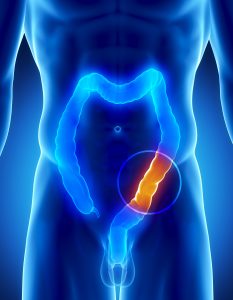
The Department of Radiology of the Medicine and Pharmacy Faculty -University of Toyama, in Toyama, Japan- published in the journal CellStress and Chaperones (Springer) (Cell Stress Chaperones, 2015 Jan; 20 (1): 37-46 ) the results on the effect of Oncothermia in colorectal cancer cells.
Cell apoptosis
First of all, the use of modulated electrohyperthermia (mEHT) or Oncothermia, produces a modification of the electric field and the surrounding temperature of the tumor cell, leading to selective cell death (apoptosis) in malignant tumors without affecting healthy tissue. Certainly, this is possible due to the difference of a tumor cell compared with a healthy cell. Also, the tumor cell is characterized by high glycolysis, increased lactate production (Warburg effect) and reduced electrical impedance.
Oncothermia applied to colorectal cancer
Dr Andocs studied the effect of Oncothermia on HT29 xenografts of colorectal cancer (human colon cancer cells, inoculated in mice). Apoptosis caused by Oncothermia was mediated, predominantly, by the caspase cascade and the activation of the apoptosis inducing factor. The mEHT-related cell stresses studied 0-, 1-, 4-, 8-, 14-, 24-, 48-, 72-, 120-, 168- and 216-h. And post-treatment by focusing on damage-associated molecular pattern (DAMP) signals.
Apoptosis response was after 4 hours from the treatment with Oncothermia. It was measured using the levels of messenger RNA (mRNA) levels of the “heat shock” proteins Hsp70 and Hsp90.
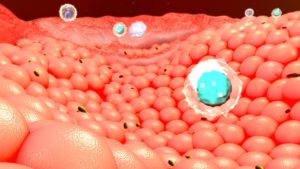
Results
After that, the treatment resulted in spatiotemporal occurrence of a DAMP protein signal sequence featured by the significant cytoplasmic to cell membrane translocation of calreticulin at 4 h, Hsp70 between 14 and 24 h and Hsp90 between 24- and 216-h post-treatment.
Also, the release of high-mobility group box1 protein (HMGB1) from tumor cell nuclei from 24-h post-treatment and its clearance from tumor cells by 48 h was also detected.
Conclusion
In conclusion, the results suggest that mEHT treatment can induce a DAMP-related signal sequence in colorectal cancer xenografts that may be relevant for promoting immunological cell death response, which need to be further tested in immune-competent animals.
To conclude, the next experimental phase, which is to replicate the study in immunocompetent animals, is necessary.
Further information
If you would like further information on Oncothermia applied to colon cancer, please visit the following link.




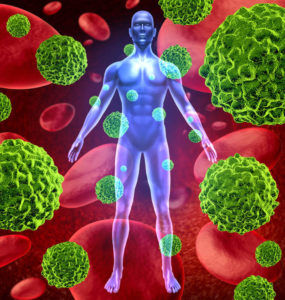
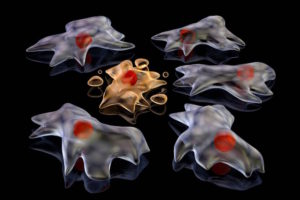
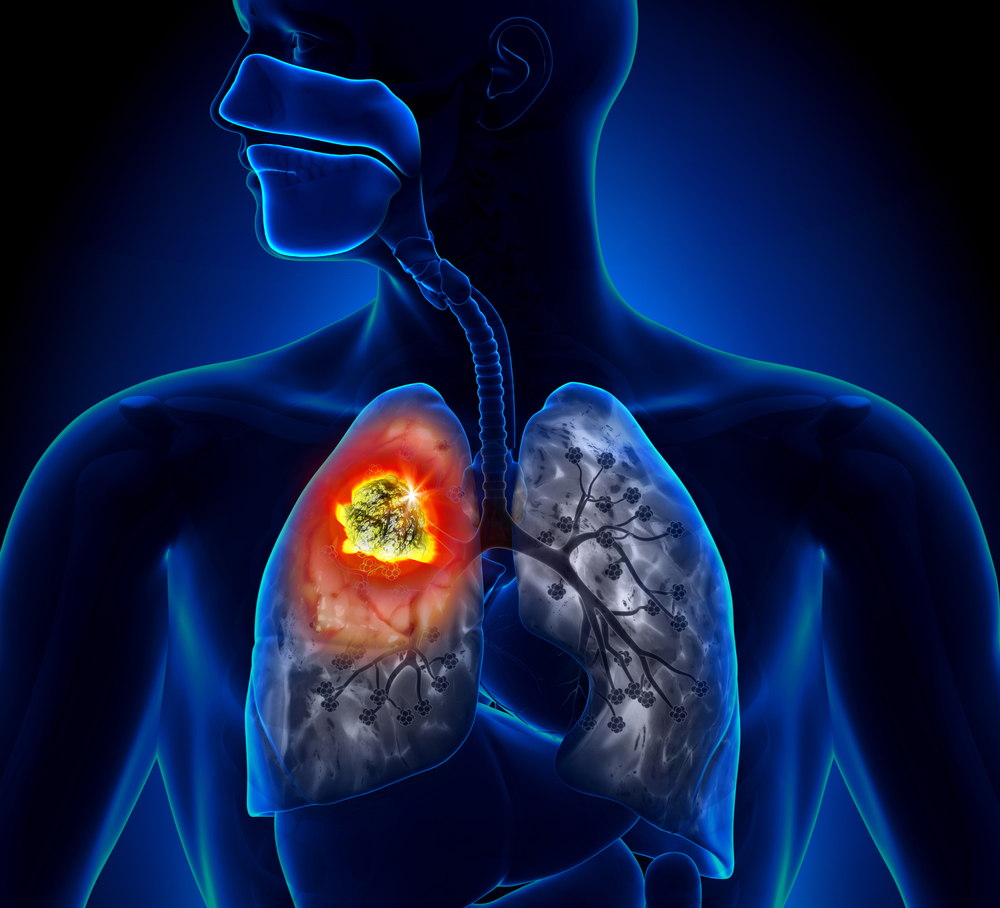 Oncothermia in combination with Radiotherapy exerts a radiosensitizing effect in lung cancer.
Oncothermia in combination with Radiotherapy exerts a radiosensitizing effect in lung cancer.


